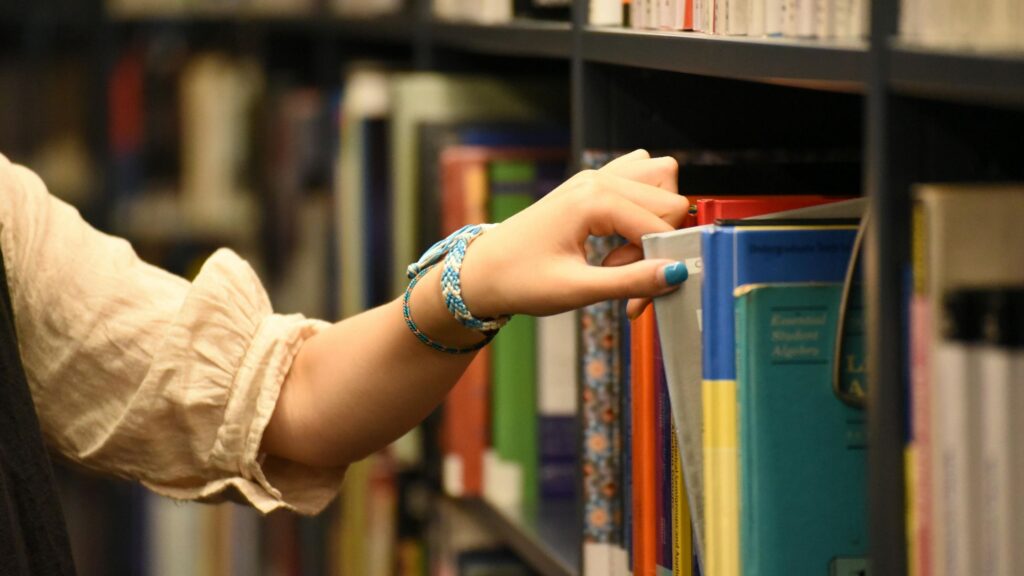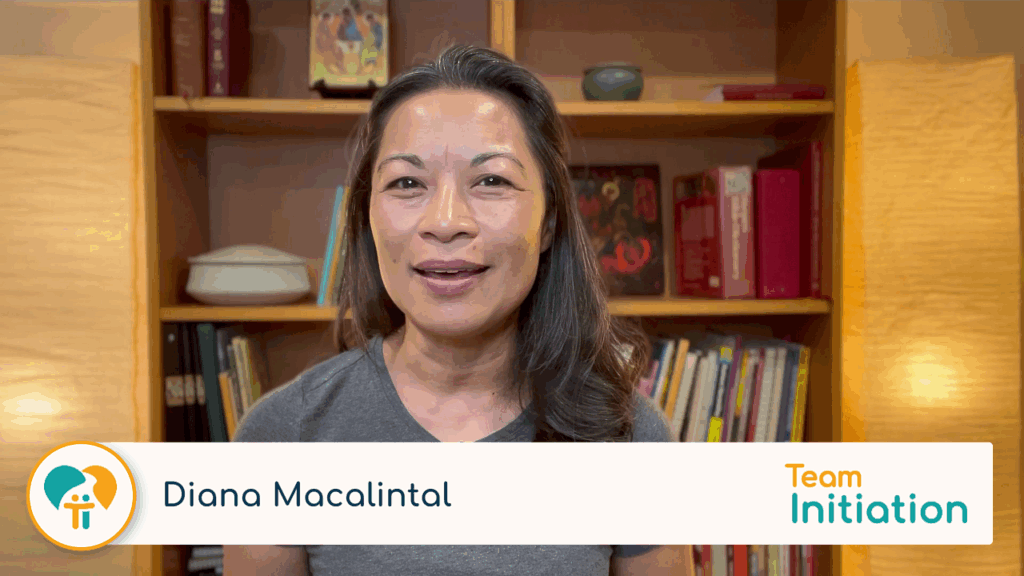![colorful women by tinou bao [via Flickr] RCIA (Rite of Christian Initiation of Adults) image posted by TeamRCIA](http://i165.photobucket.com/albums/u59/teamrcia/110225828_6044f9f274.jpg) Of the half dozen different ways I’ve tried to learn Spanish, the one that has worked best is living in Mexico for a month with people who only spoke Spanish. There are a least a half dozen ways to teach the faith to catechumens, but which do you think will work best? Immersion into the life of faith is clearly the most effective, just as immersion into a Spanish-speaking country is the most effective way to learn Spanish.
Of the half dozen different ways I’ve tried to learn Spanish, the one that has worked best is living in Mexico for a month with people who only spoke Spanish. There are a least a half dozen ways to teach the faith to catechumens, but which do you think will work best? Immersion into the life of faith is clearly the most effective, just as immersion into a Spanish-speaking country is the most effective way to learn Spanish.
When I was in Mexico, I did take formal language classes. But class was always a reflection on my experience. What is my name? Where do I come from? How long have I been here? What did I eat today? What will I do tonight? What are the names of the people I am living with?
I had to work hard every day outside of class, not only remembering the things I did, but remembering them in Spanish.
RCIA teaches a new way of thinking
When we are teaching faith to the catechumens, we have to give them more than the vocabulary of faith. We have to teach them how to think in a new language and put that new language to use even when they are not in a formal catechetical session.
The place catechumens learn to think and act in the language of faith is in the liturgy. Immersing the catechumens in the liturgy is like moving to Mexico to learn Spanish. They begin to learn the faith by being in a place in which only the language of faith is spoken.
As RCIA catechists, we very often use the Word of God proclaimed in the liturgy as the primary teaching tool. That’s a good thing. But the Word is not the only way in which faith is “spoken” in the liturgy. If we think of “language” more broadly, we begin to understand that everything that happens in liturgy is part of the grammar of faith. So gestures, symbols, rituals, silences, music, and nonverbal behaviors all “speak” about the faith as much as the words do.
A catechetical challenge for RCIA teams
Here is something to exercise your teaching muscles. Take your catechumens to a liturgy that is not Mass. It can be a wedding, an infant baptism, a funeral—anything but Sunday Mass. Then gather sometime later to ask them questions about what they remember and what they learned about faith from that memory. If they are brand new catechumens, they might not have a lot to say, just as I didn’t when I was first learning Spanish. And just as my teachers did, you will need to keep refining your questions, making them simpler and also using them to lead the catechumens to statements of faith.
So, for example, if someone remembers all the beautiful flowers at a wedding liturgy, you might ask the group why flowers would be important to have at a wedding. Do they remember any scripture stories or stories from our tradition that talk about flowers? Do flowers tell us anything about who God is? (See the Catechism of the Catholic Church on “beauty.”) You might also ask if flowers are necessary for a wedding. If not, what do they think is necessary? They might say the vows, after which you can ask what stories from scripture or our tradition talk about promises and covenants. What does making a promise and staying faithful to a promise teach us about God or about Christian discipleship?
Flowers can teach faith
You can go on like that as long as you like. The point is not to cover every aspect of the church’s teaching on marriage. That would be like trying to teach me how to conjugate verbs into the past perfect form when I’m still trying to learn how to say, “Good morning.”
Rather, the point is to teach the catechumens to begin to think sacramentally. Flowers are not just flowers; they are part of the grammar of faith. Vows are not just vows; they are a symbol of God’s promise of salvation. By repeatedly immersing the catechumens in the liturgy and reflecting their experience back to them in the language of faith, they’ll be fully fluent Christians in no time.
See also these related articles:

















